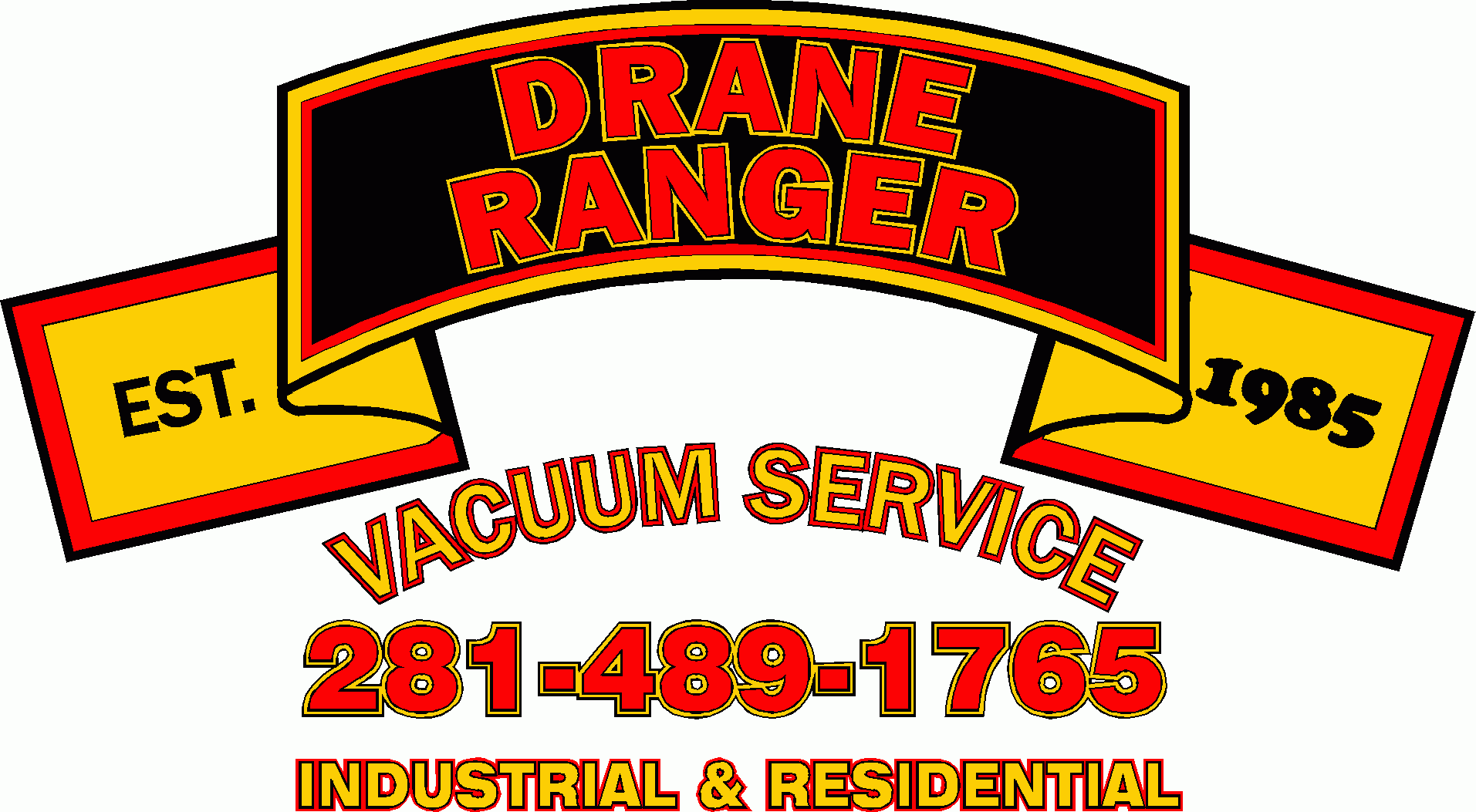Every time you use your faucets, your toilet, or even your washing machine, do you ever think about where the wastewater is going, and the pipeline that it takes to get there? For many people, these things don’t matter because they are on municipal water systems, and once the water leaves their home, it’s no longer their concern. However, if you happen to be on a septic tank system, everything that leaves your home, still stays on your property; it is being processed by your septic tank, either by holding onto it until it is pumped out, or by releasing water into a drain field—as long as you have had proper septic tank maintenance.
Septic systems are complicated to the untrained eye, and when issues come up, it’s not always obvious where it is originating from. Not getting to the root of the issue fast enough can cause a lot of damage to your septic system, and to your property. Without proper septic tank maintenance, things can go south quickly. The following are three of the most common septic failure problems, and how to avoid or deal with them.
Dealing with Clogs
Without proper septic tank maintenance, clogs are often the number one resulting issue that can occur. Clogs can be caused by a number of issues in their whole septic tank system, from overflowing to tree roots (mentioned later), or to the wrong kinds of items being flushed.
Overflowing of your septic tank is most often caused by improper septic tank maintenance, in the form of getting it pumped out. Your septic tank, based on the number of members of your household and the size of the tank, needs to be emptied out every few years. The more use your system gets, the faster it needs to be emptied: for most households, it will be every 3-5 years. Once your septic tank starts overflowing, it can back up into your pipes. You may find that water drains start to slow down, or in extreme cases, sewage comes right back.
If you have a clog and you have emptied your septic tank within the last couple years, then it is unlikely to be caused by overflowing. Instead, you need to start checking the pipes to your septic tank system. Septic tank maintenance involves more than checking on just your tank; you also need to make sure the wrong things aren’t being flushed so that clogs on the way to the tank are minimized. If the backup is at the tank itself, you may have a clog in the outlet baffle or effluent filter in the tank itself. You should also check the inlet baffle to the tank if you have access to it. You may be able to use a pole through the access port to push the clog free.
Root Problems
Tree roots are a huge problem when it comes to septic system piping. Part of your septic tank maintenance should be to check on the growth of your trees—especially the ones next to where your pipes are located. A clog in your septic system could be from tree roots; they are very capable of drilling into or engulfing pipes.
Leaks in Equipment or Pipes
Luscious green grass on your lawn is the dream, but what happens when one patch is far greener than the rest of your lawn? That is likely your septic tank outlet field, and it is getting too much wastewater from your septic system due to leaks or overflow. Proper septic tank maintenance will keep your tank healthy and prevent gross and dangerous environmental leaks onto your lawn.
If you need septic tank maintenance, including pumping, performed on your septic system, click this page or contact Drane Ranger today in the Houston, Texas region to book an appointment.
